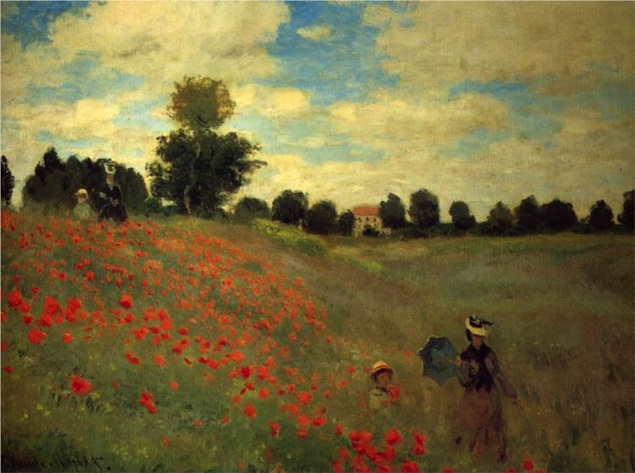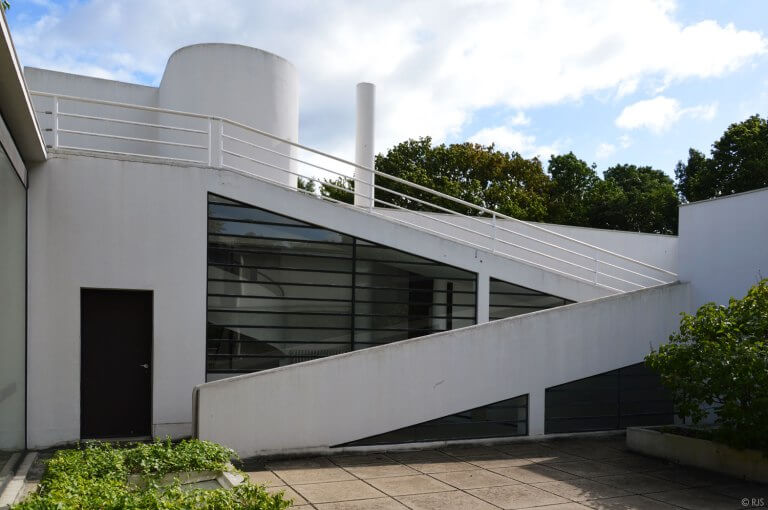Leisure • Small Pleasures
Sun Worship
In a joking tone, some of us occasionally describe ourselves as ‘sun worshippers’. That can mean, that we love to tan, visit an island, go to the beach, read a book, sip a drink and perhaps play volleyball. The problem with this approach is not that we are using too grand a term to refer to what is at heart a rather trivial and almost embarrassing enthusiasm; it’s that we’re arguably making far too little of, and neglecting properly to ritualise or deepen, an orientation that should lie close to the meaning of our lives.
However crowded our beaches may be, in modernity, our love of the sun is for the most part a psychologically shallow and unexplored commitment. Most ancient cultures didn’t merely favour a tan, they worshipped the sun in and of itself, regularly bowing before it as the most potent force in the universe, to which they owed gratitude, obedience and adoration. From their sumptuous sun temples spread out along the length of the Nile, the Egyptians paid homage to the deity Ra (‘sun’), depicted in their sculpture as a falcon headed god with a solar disk over his head. The Aztecs incanted sacred poetry to Tonatiuh, the sun god and leader of heaven – while the ancient Celts, under less auspicious skies, expressed piety to Grannus, god both of the sun and, appropriately enough, of wisdom.
Science has taught us enough about the constituents of our distant hydrogen and helium explosion for us not to be able to deify the sun in literal terms. But the star can still occupy a place in our symbolic pantheon, where it may hold pride of place as the supreme emblem of something that no life can subsist for long without: hope. Most of us have only a tenuous hold on our sources of hope. Despair stalks us relentlessly, especially in the darkness of the early hours. We are only ever a few bits of bad news away from collapse. There seem, on many days, so many reasons to give up and surrender to self-loathing and despondency. This is why the sun is not merely nice, it is an ally in our mind’s constant attempts to structure arguments why it might, after all, be worth keeping going. Maybe there can be an end to the anxiety. Perhaps the project will work out eventually. The arguments might stop. Our enemies could get bored and turn elsewhere. Our reputation might recover. A lot of things could, in the end, be more or less OK; even bearable. Such mental explorations the sun seems to reward and generously bolster. It cannot be a coincidence that when they first draw the sky, children all over the world instinctively and rather accurately add in one detail that has still not been spotted by the most sophisticated of our mighty scientific instruments.

The universal symbol of hope.
Nevertheless, we suffer in modernity from a reluctance to put our faith in something that we can’t command and that we must – sometimes with great pain – wait long periods for. Gratitude for the sun belongs to a category of satisfaction that can feel humiliatingly simple. It’s tempting to deny this star’s significance altogether and to focus instead on more substantial political or economic issues, by which the course of our lives is apparently more obviously determined. Nothing surely much hangs on how often we get to close our eyes and feel the sun’s rays on our faces.
Implicitly, many powerful forces in modern society seem to agree with this view; architects are particularly keen to design buildings whose windows are tinted and will never open. There are few places in a city one might go to have a small sunbath – and little encouragement from employers or authority figures for us to do so.
An adoration of the sun has suffered from a shortfall in prestige. The most popular painting in all of Paris’s museums is a portrayal of a sunny day in a northwestern suburb of the capital. And yet Monet’s work has also long been held in low esteem, even derision, by serious art critics who view it as overly ‘easy’ and close to sentimental.

Claude Monet, Wild Poppies, Near Argenteuil, 1873
A love of pretty skies seems, to such critics, to mean overlooking the actual conditions of life: war, disease, poverty and political evil. But for most of us, the greatest risk we face is not in fact complacency; few of us are likely to be able to forget the human chaos for any length of time. The real risk is not sentimental naivety; it is that we are going to fall into fury, despair and unshakeable depression. It is this eventuality that a sunny day, and the sun as a whole, is well suited to correct. Given the facts of life, hope is a phenomenal achievement – and the sunny days that occasionally lie behind it are bearers of their own particular and highly significant wisdom.
We can ourselves begin to rehabilitate the positive appreciation of the sun by seeing how seriously the star has been taken by some of the grandest figures from our collective cultural history. The Renaissance Pope Julius II was one of the most enlightened and significant patrons of the arts of all time, commissioning the greatests works by Raphael and Michelangelo. He was also obsessed by the sun. In 1505, he asked Donatllo Bramante to design him a new palace, whose central feature was an enormous curved sun trap.

To stress his intent, Julius had a huge, ancient Roman bronze pine cone placed in the centre of the building, pine cones being highly sun-sensitive and unable to ripen to full maturity without many hours of direct exposure to rays each day.
Nearly five hundred years later, when the Swiss architect Le Corbusier was creating the prototypical, rigorous, logical modernist house, the Villa Savoye, he devoted huge care and intelligence to designing what he christened a ‘solarium’ – an elegant, futuristically shaped roof garden where one could give ample expression to a devotion to the sun.

Le Corbusier, Villa Savoye, Solarium, 1930
Thanks to our mastery of science, we have been able to spread warmth without needing to beg or honour the sun. Our nuclear reactors and gas powered stations have brought furnace-like heat to Tromsø and Murmansk, Yellowknife and Anchorage. But we may sometimes wonder whether our souls can truly be nourished at the high latitudes we have managed to make a life in.
To compensate for our many days of gloom, we should – without any overtly spiritual intent but with a good atheist’s appropriate sense of wonder – practice an exercise of bowing down to the sun, as others might pray to more familiar gods and there recite all the reasons we might still hold on to hope, despite every argument (too often well-rehearsed at night) why we might give up. As we close our lids against the sun’s reviving rays, we might even imagine the faintest trace of a smile, stretching for a few hundred thousand miles across the star’s 15 million degree surface – a detail chiefly otherwise observable only to people under six.



























